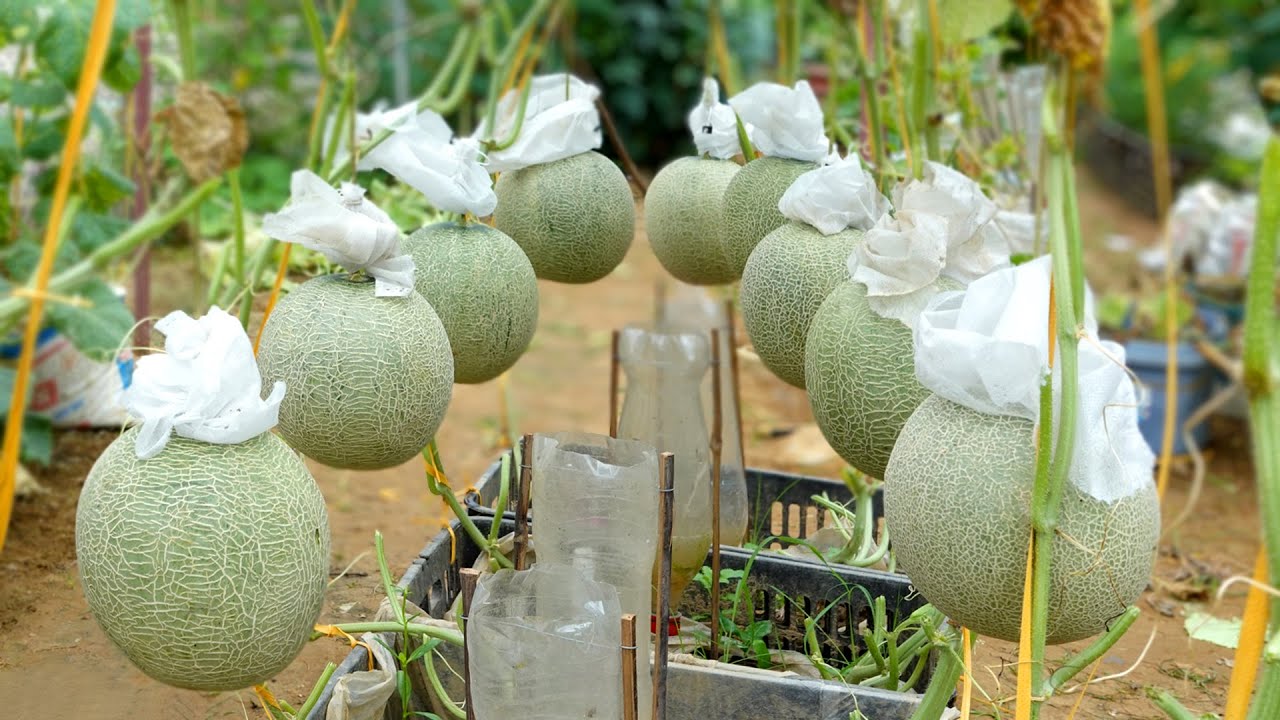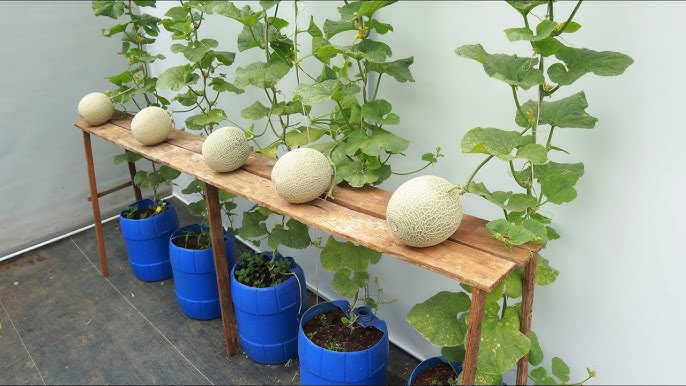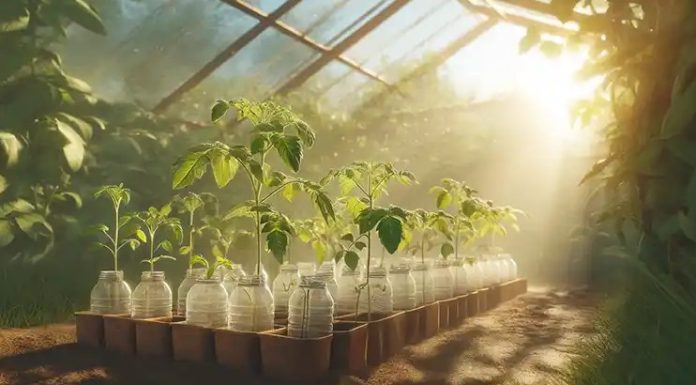How to Grow Cantaloupe Melons in Containers or Bags at Home
Growing cantaloupe melons (Cucumis melo) at home can be a fulfilling experience, especially for those with limited gardening space. By utilizing containers or grow bags, gardeners can effectively manage the growing environment, leading to a rewarding harvest of juicy and sweet melons. Below, we present a comprehensive guide to growing cantaloupe melons in containers or bags at home, outlining step-by-step instructions for a successful cultivation journey.

Step 1: Choose the Right Varieties Select compact or bush varieties of cantaloupe that are specifically suitable for container growing. Examples include the Minnesota Midget and Tasty Bites, known for their adaptability to smaller spaces and robust growth.
Step 2: Select Appropriate Containers or Bags Opt for large containers or grow bags with ample space to accommodate at least 5 gallons of soil. Ensure the containers have proper drainage holes to prevent waterlogging and potential root rot.
Step 3: Prepare the Soil Fill the chosen containers or grow bags with a well-draining potting mix enriched with organic matter such as compost or well-rotted manure. Aim for a slightly acidic to neutral soil pH level between 6.0 and 7.0, conducive to optimal melon growth.
Step 4: Planting the Seeds Plant 2-3 seeds per container approximately 1 inch deep in the soil. Maintain consistent soil moisture until germination, typically occurring within 5 to 10 days, depending on environmental conditions.
Step 5: Thinning Seedlings Once the seedlings develop at least two sets of true leaves, thin them out, retaining the strongest plant in each container to ensure optimal growth and fruit production.
Step 6: Watering and Fertilizing Water the plants regularly, allowing the top inch of soil to dry out between waterings to prevent overwatering. Apply a balanced, water-soluble fertilizer every two weeks, following the manufacturer’s instructions for proper dosage and application.
Step 7: Support and Pruning Provide support for the growing vines using stakes or a small trellis to keep the fruit off the ground and minimize the risk of rot. Prune the vines by pinching off the growing tips to promote lateral growth and enhance fruit production.
Step 8: Pollination Facilitate pollination by attracting pollinators to the garden or hand-pollinating the flowers using a small brush or cotton swab to transfer pollen from male to female flowers.
Step 9: Monitor for Pests and Diseases Regularly inspect the plants for common pests and diseases, such as aphids, spider mites, and fungal infections. Utilize organic pest control methods like insecticidal soap or neem oil to manage infestations and maintain plant health.
Step 10: Harvesting Harvest cantaloupes when the rind transitions from green to tan-yellow, and the fruit emits a sweet aroma. The stem should detach easily from the fruit with a gentle tug, indicating ripeness.
Conclusion: Growing cantaloupe melons in containers or bags offers a practical and enjoyable way to cultivate fresh, homegrown produce, even in small spaces. By selecting appropriate varieties, providing proper care and maintenance, and monitoring for pests and diseases, gardeners can look forward to enjoying the delightful taste of homegrown cantaloupes harvested right from their own backyard or balcony.










